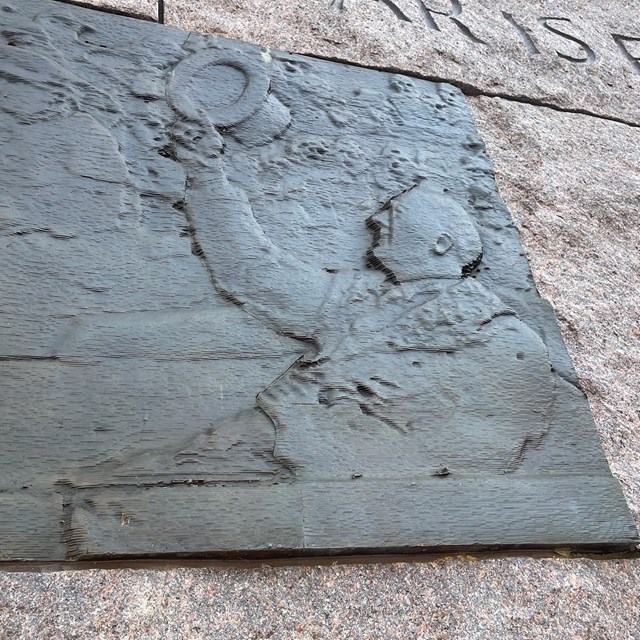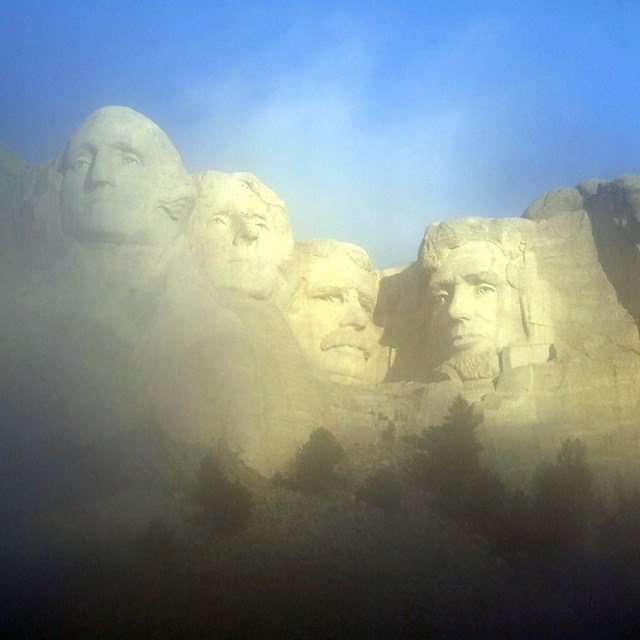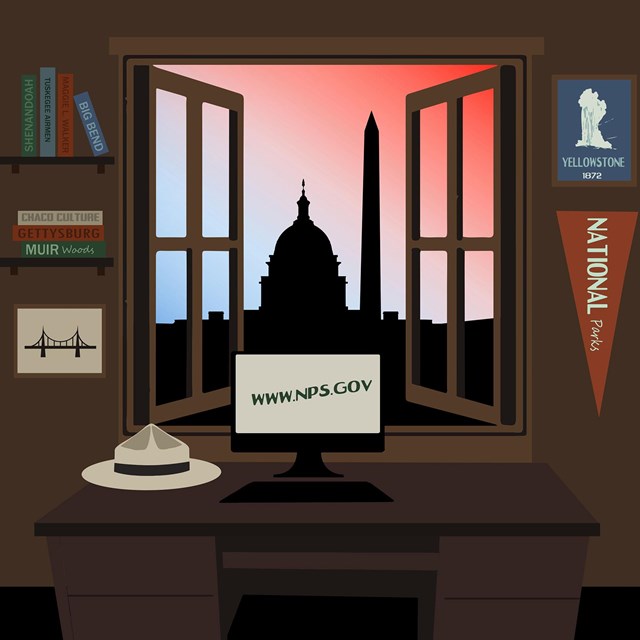Certified as part of the U.S. Constitution on August 26, 1920, the 19th Amendment was the result of decades of work by women—and men!—across the country who fought for change. Although the amendment didn’t guarantee the vote for all women in the U.S., this was a benchmark moment for American democracy and an important milestone in women’s equality and cultural change, leading to more opportunities for women to be involved in all aspects of society.
The election year of 2020 was the 100th anniversary of the ratification of the Constitutional amendment granting women the right to vote. As the nation commemorates the centennial of the 19th Amendment, discover stories of the suffrage movement's connection to presidential inaugurations.
Visit Virtually
Learn about the women's suffrage movement's presidential inauguration history from anywhere! Listen in to ranger programs, explore places where history was made, and play games to build your knowledge.
-
Suffrage in 60 Seconds: Inez Milholland
Who was the New Woman of the 20th Century, the Herald of the Future, who rode a white horse at the beginning of the 1913 Woman Suffrage Procession down Pennsylvania Avenue? Inez Milholland was a lawyer, an activist, and a powerful speaker who was also known as the "Most Beautiful Suffragist." Ranger Lauren has the story. What is the role of beauty and celebrity in the fight for equality?
- Duration:
- 1 minute, 12 seconds
-
Ida B. Wells
Ida B. Wells spent her life fiercely dedicated to truth and equality, including the rights of all to vote. In this Suffrage in 60 Seconds video, hear a story about the way that determination showed up during the 1913 Woman Suffrage Procession.
- Duration:
- 1 minute, 2 seconds

"The Procession" episode and lesson plan take kids back in time to the Women Suffrage Procession of 1913.

Take a virtual trip around Washington, DC following the route of a pre-inauguration parade suffrage supporters followed in 1913.
The Right to Vote, The Resolve to Run
Even before women had their right to vote legally protected by the 19th Amendment of the U.S. Constitution, a few took the bold decision to run for elected offices at a time when it was not thought a realistic option. Learn about a few women who ran for high-ranking elected positions in government paving the way for more women to also be leaders in civic engagement.
More Inauguration History Resources
-
 Inauguration History
Inauguration HistoryEvery presidential inauguration is a moment in our nation's history. Follow the journeys of past presidents just beginning theirs.
-
 Presidential Places
Presidential PlacesFind national parks in the nation's capital and around the country that member the lives and legacies of presidents.
-
 Go Virtual
Go VirtualThe 59th Presidential Inauguration is going virtual! Join the virtual festivities and explore your presidential national parks.
Last updated: January 18, 2021

